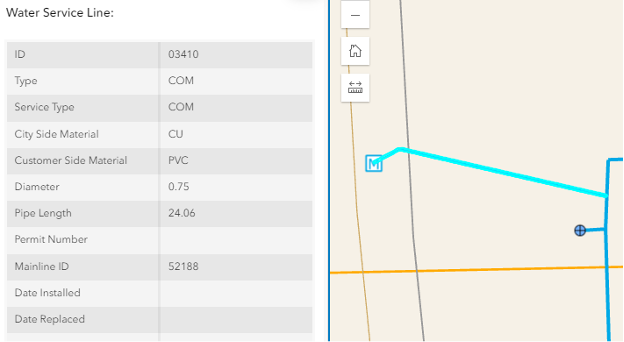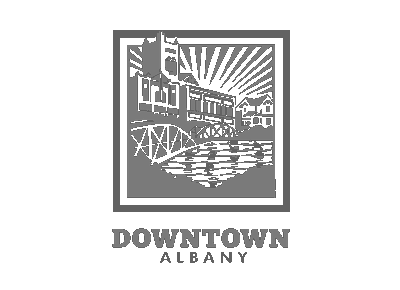Lead-contaminated drinking water in Flint, Michigan, Portland, and Tacoma has drawn national attention to the issue of controlling lead exposure in public drinking water systems. The City of Albany has worked to control lead in its water system for many years; it is one of our standard operating procedures for keeping drinking water clean and safe.
Lead in drinking water is primarily from materials and components associated with service lines and home plumbing. If present, elevated levels of lead in drinking water can cause serious health problems, especially for pregnant women and young children. In 1991, the Environmental Protection Agency (EPA) published a regulation to control lead and copper in drinking water. The lead and copper rule requires the City to collect water samples at customer taps to be analyzed for lead and copper, which can be present in drinking water if materials in a water system’s distribution pipes or a building’s plumbing contain either metal. Certain characteristics of drinking water (primarily the pH) can cause fixtures with lead-based solder and brass faucets to corrode. When water is in contact with these fixtures over time, lead or copper can be released into the water. The amount of lead and/or copper can increase when water is in contact with such fixtures for extended periods. If lead or copper concentrations exceed the action level in more than 10% of customer samples, the City must take additional steps to control corrosion.
Service Line Inventory and Ongoing Lead and Copper Testing
Under guidance from Oregon Health Authority and Environmental Protection Agency, the City of Albany and Millersburg staff inspected all service lines that were installed prior to 1986 to determine the material. Using city and county records, City staff inspected over 9,000 drinking water service and found no lead lines in our systems. Service lines installed after 1986 are considered to be non-lead due to changes in the Oregon Uniform Plumbing Code.
Service line material can be viewed on InfoHub by clicking on the service line in question.

The City of Albany Public Works Department is responsible for providing high-quality drinking water but cannot control the variety of materials used in private plumbing components. When water has been sitting for several hours, the potential for lead exposure can be minimized by flushing the tap for 30 seconds to two minutes before using water for drinking or cooking. If you are concerned about lead in your water, you may wish to have your water tested. Information on lead in drinking water, testing methods, and steps you can take to minimize exposure is available from the Safe Drinking Water Hotline at 800-426-4791 or at www.epa.gov/safewater/lead.
The cities of Albany and Millersburg and the Dumbeck Lane Water District are in compliance with the lead and copper rule. The most recent water quality results can be viewed on this page. All results for any public water system can be viewed by visiting the Oregon Health Authority Drinking Water Services Water Online at https://yourwater.oregon.gov/. If you have questions or believe the plumbing in your home dates from 1983-1985 and would like to be in our sampling plan, please contact the Water Operations Supervisor at 541-917-7628.




